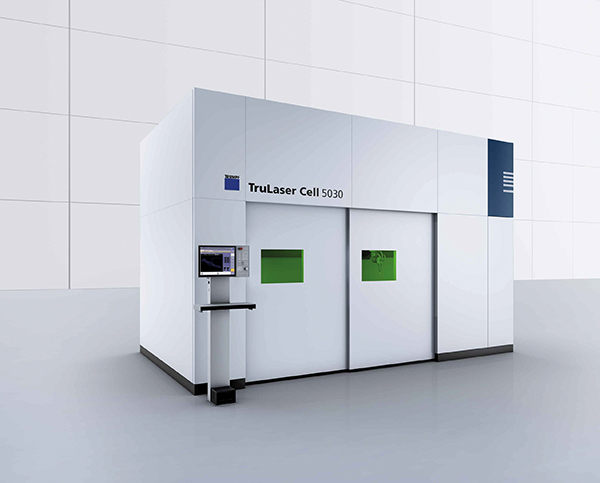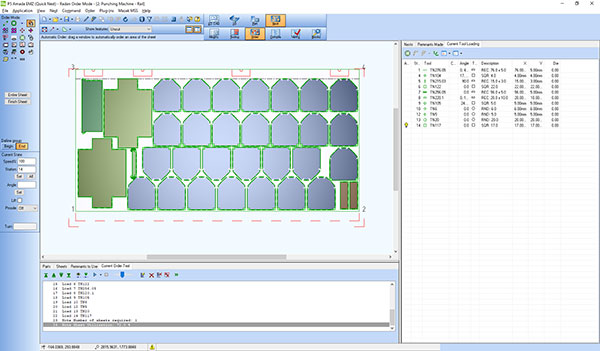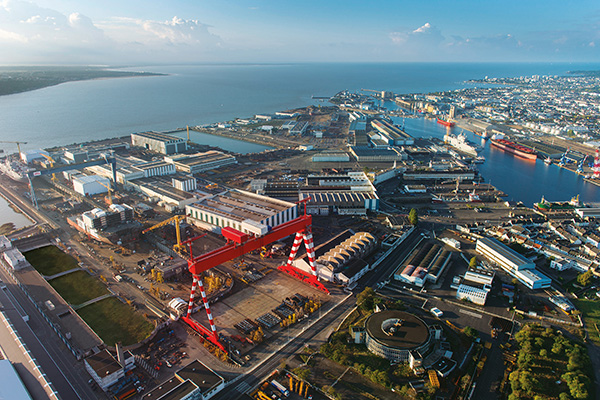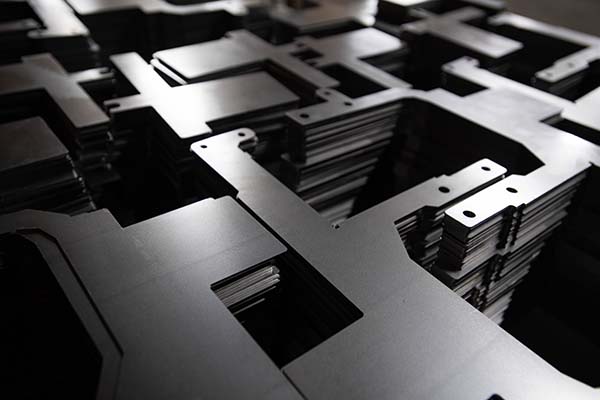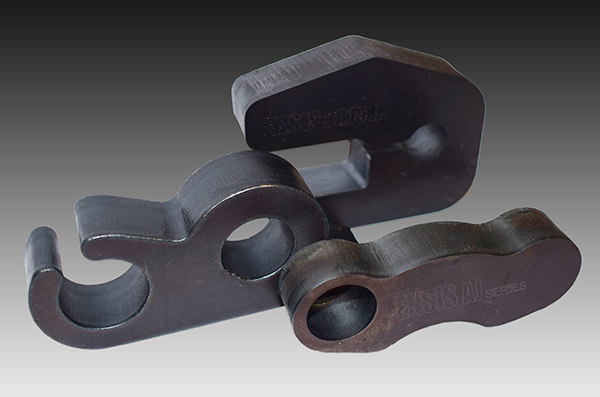As part of its planned process of continuous investment in the latest manufacturing technologies, Dudley-based 2D and 3D laser-cutting specialist GF Laser has installed a Trumpf TruLaser Cell 5030 5-axis CNC laser-profiling machine, the first such model in the UK.

“With this machine we are investing in the latest fibre technology,” states Simon Tregillus, director of GF Laser. “The TruLaser Cell 5030 has replaced our original Trumpf TLC CUT 5 machine and is running alongside our existing TruLaser Cell 7040, which has been retained.”
GF Laser’s TLC CUT 5 was purchased in 2006 and, although still performing well, the introduction of the latest TruLaser Cell 5030 is moving the company into another league regarding speed and energy efficiency.
The machine has been set to work on the five-axis profiling and trimming of pressings, extrusions and spinnings – any component containing a form – for sectors such as automotive, yellow goods, construction, architecture and art. Materials processed on the TRUMPF TruLaser Cell 5030 include mild steel, stainless steel and aluminium. The machine also allows GF Laser to process reflective materials such as copper and brass in five axes, a task not previously possible using the company’s CO2-based TruLaser Cell 7040.
GF Laser, which is ISO 9001:2015 accredited, has grown its turnover from £2m to £3.5m in the past three years, and today employs 25 people.
“With the incredible cutting speeds of modern laser cutters, growing numbers of customers are turning to this technology instead of investing in a press tool, which creates more business for GF Laser,” says Tregillus. “The arrival of the TruLaser 5030 Cell allows us to accelerate the processing of existing work, thus creating more capacity.”
For further information www.uk.trumpf.com






